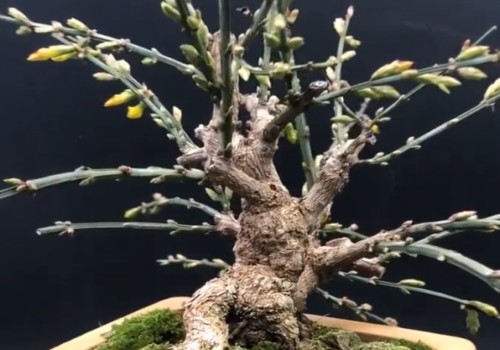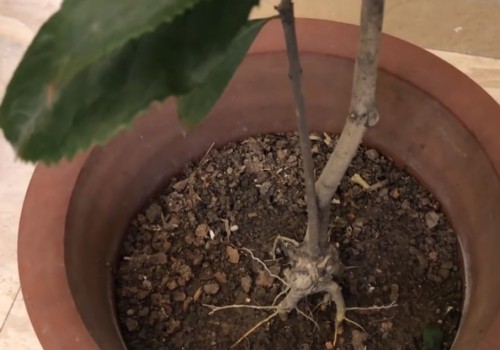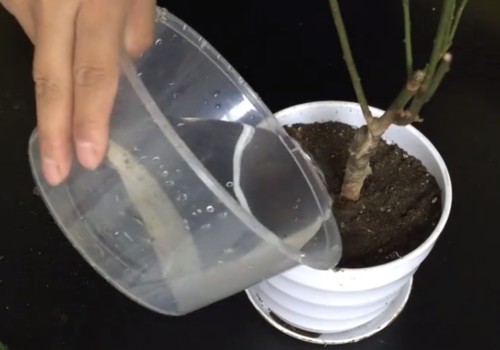Spring is not in bloom. What's going on?
Spring is not only the peak growing season for primrose, but also the season for its flowering. If we want the plant to grow vigorously, blossom and brilliant, we must provide it with a suitable maintenance environment, and at the same time do a good job of maintenance and management. However, if you encounter the situation that spring does not blossom, it is bound to make people feel a bit sorry. So, what happened if the spring didn't blossom?

In general, the factors that affect the non-flowering of flowers and plants are lack of light, temperature discomfort, and lack of protection of water and fertilizer management. Because for the vast majority of flowers and plants, flowering needs sufficient light to accelerate photosynthesis to synthesize the nutrients needed for flowering. At the same time, some flowers and plants are also very sensitive to temperature, which requires a certain temperature in order to successfully bud.
In addition, water and fertilizer management, because flowering needs to consume a lot of nutrients and water, if the supply of water and fertilizer is insufficient, the plant also does not have enough energy to achieve flowering, resulting in non-flowering, less flowering and low quality. Therefore, when we encounter the situation that spring does not blossom, we generally need to conduct investigation from the management of light, temperature and water and fertilizer.
But generally speaking, the reasons for the non-flowering of spring are roughly two aspects: one is that the growth environment is not suitable and can not reach the conditions of its flowering; the other is that the maintenance methods are indispensable, thus affecting its flowering. However, we also need to dig into the specific incentives according to these two aspects, and take remedial measures in time, so that there can be flowers to enjoy.
1. Lack of light
Primrose is a sunny plant, which not only needs to provide sufficient light in the growing season, but also needs light protection in the flower bud differentiation period, even in the flowering period. If there is not enough light in the conservation environment of potted primrose, the plant is more likely to grow, which will inhibit the differentiation of flower bud to a large extent, and then can not give birth to mature bud, resulting in the result that it can not blossom. Therefore, we should provide adequate light protection during the flowering period of the spring growing season.
Second, temperature discomfort
Primrose is hardy, but that doesn't mean it can blossom at a lower temperature. In fact, temperature is the most important factor affecting or restricting the flowering of spring. The temperature is too high or too low, it is not conducive to mature buds, generally need to control the ambient temperature between 12 °C-16 °C, it is often expected to let it blossom smoothly. And usually keep the ambient temperature relatively stable at about 15 °C, which is most suitable for its flowering.
Third, improper watering
Although Yingchun is also more drought-tolerant, it will also provide sufficient water in the growing season and flowering season. If there is not enough water, it is often easy to cause dehydration and inhibit flowering if it is in a state of water shortage for a long time. However, overwatering is also more fatal, because spring is not resistant to waterlogging, excessive watering is easy to cause rotten roots. Therefore, improper watering may be a factor affecting its flowering. Water Yingchun, generally wait until the basin soil is dry and then water through, usually in order to keep the basin soil in a moist state.
IV. Lack of nutrients
Yingchun this kind of flower plant not only has a large number of flowers, but also blooms very brightly, so it is more ornamental. But at the same time, too much flowering consumes a lot of nutrients, if we do not prepare enough nutrients for it in advance, it is likely that the plant will not continue to have enough energy to blossom. Therefore, timely topdressing is very important to promote the growth and flowering of spring. Especially in flower bud differentiation and bud stage, fertilizer must be applied in time to ensure adequate nutrient supply, so that it can blossom smoothly. However, in order to promote flowering, it is usually necessary to apply phosphorus and potassium fertilizer and less nitrogen fertilizer, otherwise the plant will only grow branches and leaves, thus reducing flowering.
Time: 2019-05-27 Click:
- Prev

How to raise osmanthus potted plants
Osmanthus fragrans has been one of the ten traditional flowers in China since ancient times. Usually in the autumn season, it can bloom beautiful and fragrant flowers, both beautiful and fragrant. Therefore, osmanthus is deeply loved by the public, especially as a potted plant, and its application value is often higher. however
- Next

How to raise family potted plum blossoms
Plum blossom has been deeply loved by the public in our country since ancient times, and its unyielding spirit has been praised by many writers and writers. Plum blossom is a kind of beautiful and fragrant plant, which can not only be planted as an ordinary potted plant, but also be made into bonsai works. As a family breed,
Related
- Fuxing push coffee new agricultural production and marketing class: lack of small-scale processing plants
- Jujube rice field leisure farm deep ploughing Yilan for five years to create a space for organic food and play
- Nongyu Farm-A trial of organic papaya for brave women with advanced technology
- Four points for attention in the prevention and control of diseases and insect pests of edible fungi
- How to add nutrient solution to Edible Fungi
- Is there any good way to control edible fungus mites?
- Open Inoculation Technology of Edible Fungi
- Is there any clever way to use fertilizer for edible fungus in winter?
- What agents are used to kill the pathogens of edible fungi in the mushroom shed?
- Rapid drying of Edible Fungi

